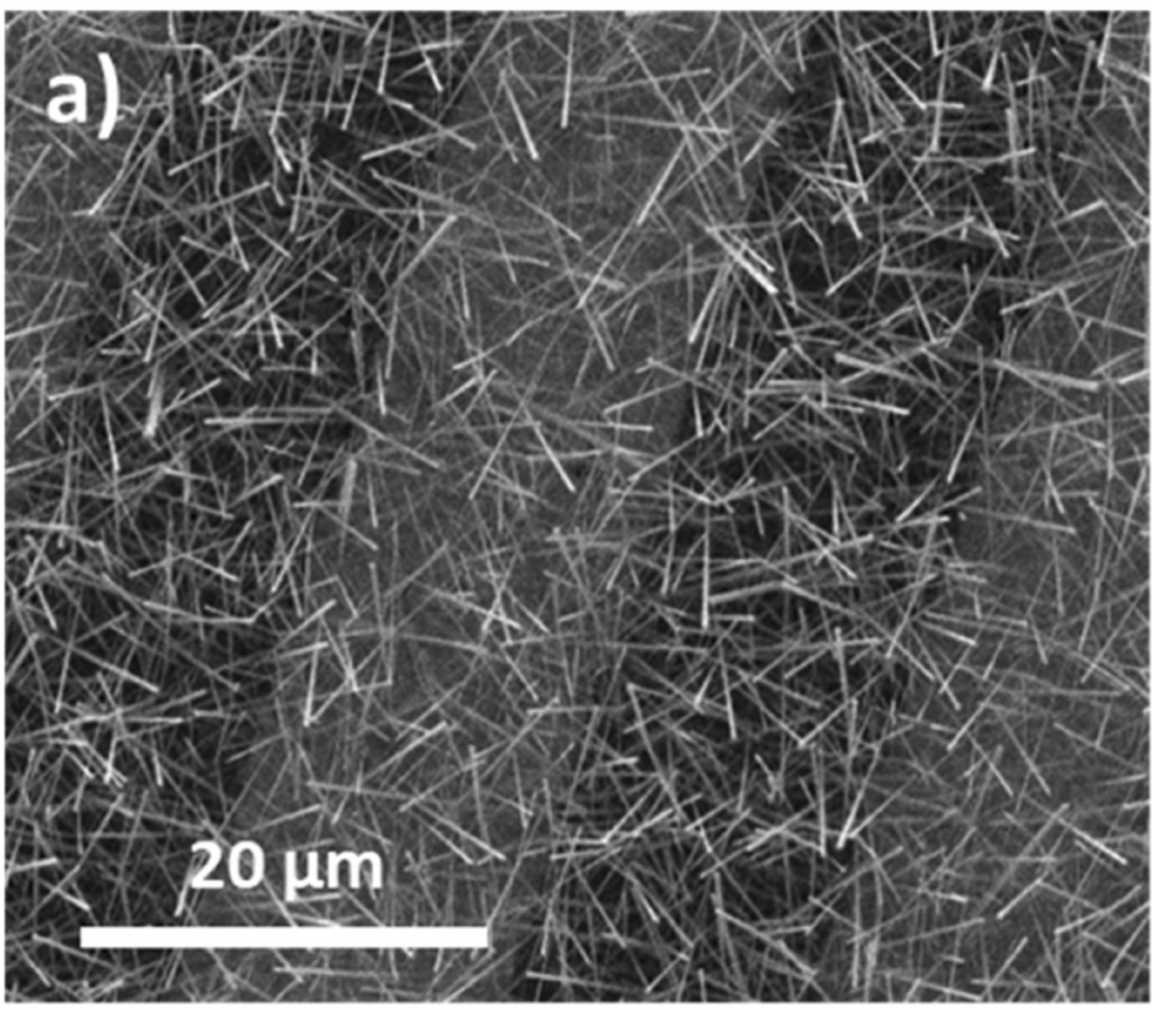
The nanowires prepared on a commercial Al2O3-based sensor platform were studied by near ambient pressure X-ray photoelectron spectroscopy (NAP-XPS) upon detecting CO and ethanol. Our findings indicated that the ex-situ prepared WO3 NWs-based gas sensor might not be suitable for NAP-XPS studies, as the surfaces tend to accumulate significant carbon contamination, which remains on the surface even after long-term annealing in mbar range oxygen atmosphere at 593 K. To address this challenge, we developed a methodology involving
exposure of the sensor to NOx, which effectively cleans the surface and enables the detection of subtle chemical changes upon exposure to various carbon-containing analytes. Using NAP-XPS analysis, we investigated the gas sensing mechanisms of WO3 NWs for CO and ethanol at different temperatures, revealing that it might combine several mechanisms commonly observed in metal-oxide chemiresistors. It is shown that the response to CO rather arises from the quick interaction of CO molecules with the ionosorbed oxygen. In the case of ethanol sensing, the main driving force for the sensor macroscopic electrical response at low temperatures is the adsorption of ethanol molecules. In contrast, at high temperatures, it combines the adsorption of ethoxy groups with the strong reducing effect of EtOH on the WO3 surface.
For more details see: https://doi.org/10.1016/j.snb.2023.134682
© 2021 Matematicko-fyzikální fakulta Univerzity Karlovy.
Všechna práva vyhrazena. | Cookies